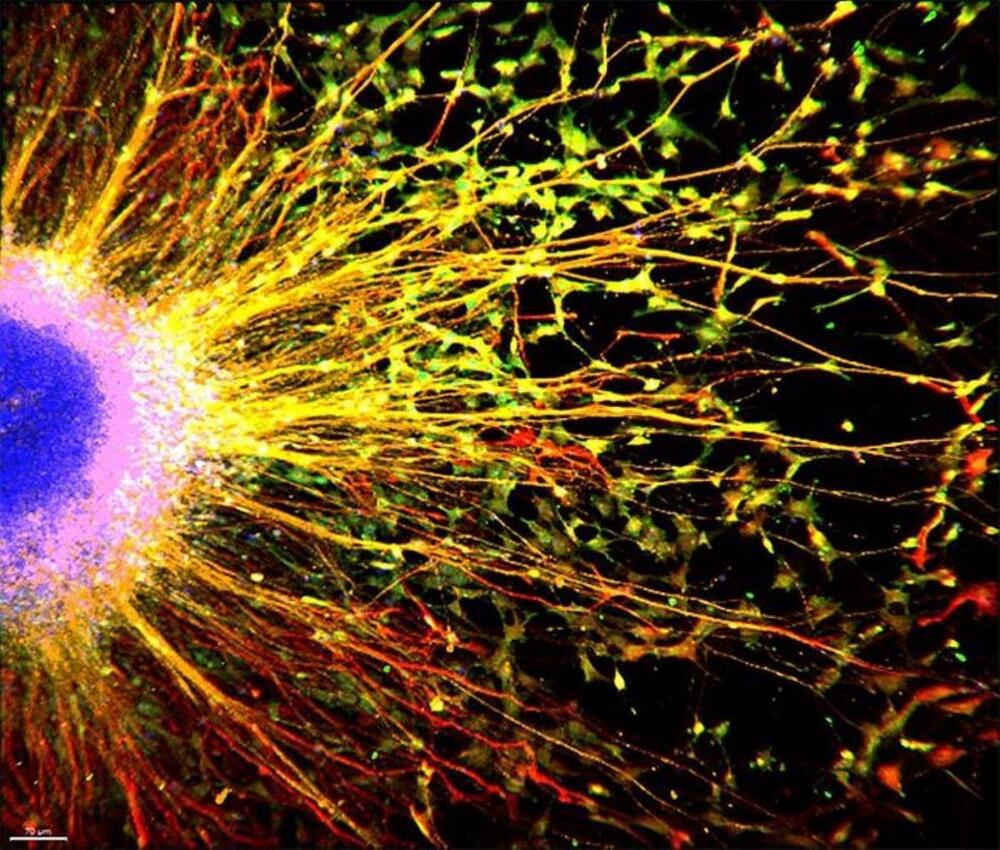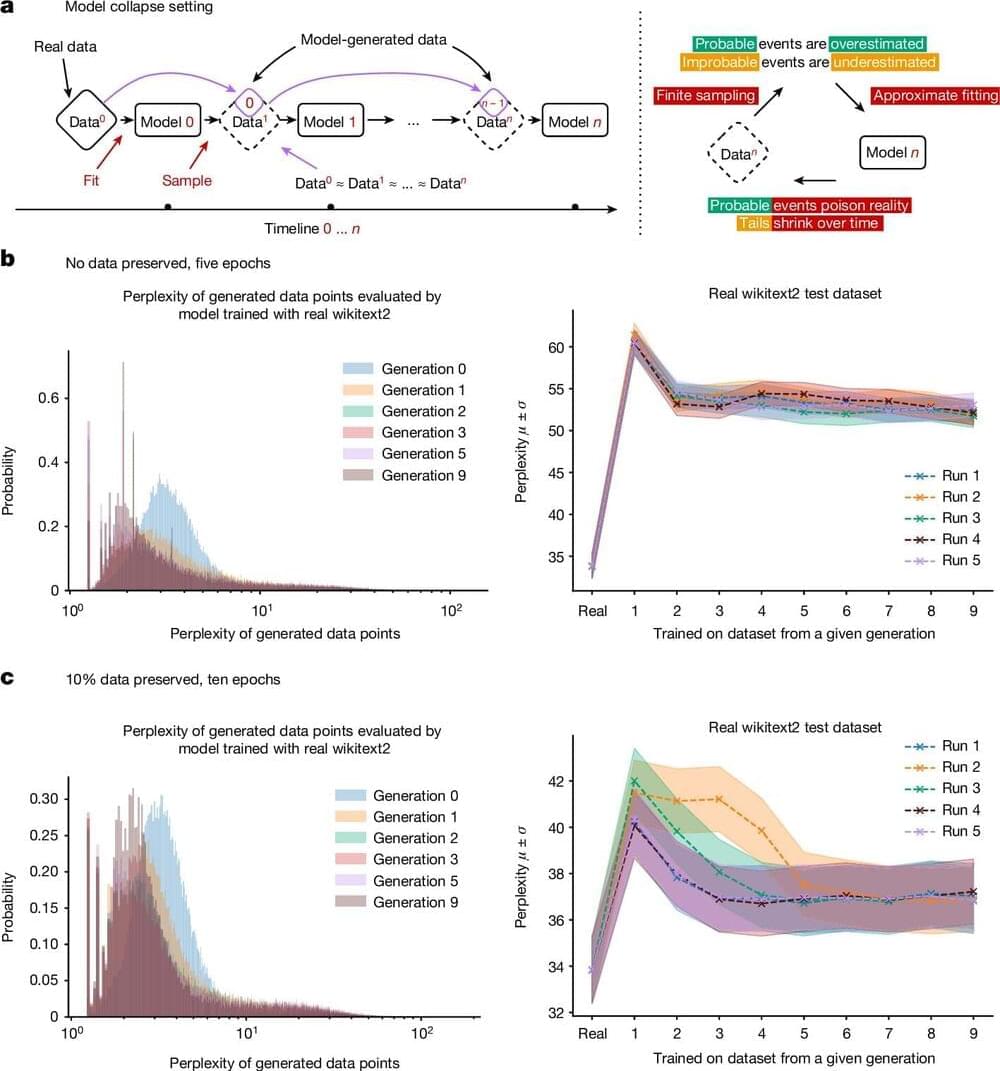
Astronomers have discovered a black hole with a mass about 33 times greater than that of our sun, the biggest one known in the Milky Way aside from the supermassive black hole lurking at the center of our galaxy.
The newly identified black hole is located about 2,000 light-years from Earth — relatively close in cosmic terms — in the constellation Aquila, and has a companion star orbiting it, researchers said on Tuesday. A light year is the distance light travels in a year, 5.9 trillion miles.
Black holes are extraordinarily dense objects with gravity so strong that not even light can escape, making it difficult to spot them. This one was identified through observations made in the European Space Agency’s Gaia mission, which is creating a huge stellar census, because it caused a wobbling motion in its companion star. Data from the European Southern Observatory’s Chile-based Very Large Telescope and other ground-based observatories were used to verify the black hole’s mass.


















